Written by Jermyke Lopez
On February 13-14, the ANTI-FIRE Training Center conducted an intensive two-day fire safety training that was designed to equip participants with theoretical knowledge as well as practical tips. The speaker, Ms. Araya Dumchauy began with an introduction to Fire Theories and Classifications in which she discussed the nature of fire, its ignition, stages, and fuel sources on which it feeds. The trainees were also lectured on the necessity to recognize fire hazards and steps to avoid dangers escalating into emergencies.
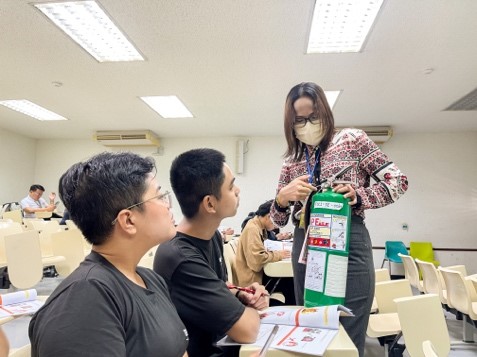
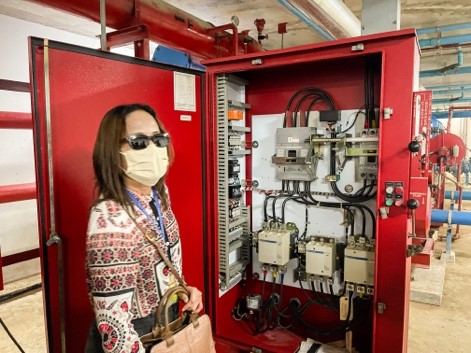
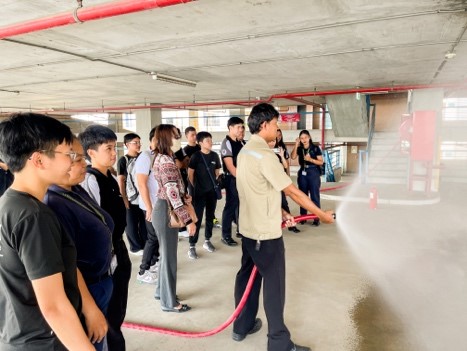
Fire Extinguishing was also addressed in training, where recognition of the types of fire and familiarization of the types of extinguishing were emphasized. There were various fire extinguishers for different types of fire that were introduced, along with their corresponding handling. There was also a demonstration of the ERG (Emergency Response Guidebook) 2024 mobile application, a U.S. government-sponsored real-time emergency response guide.
Fire Emergency Response was also shown in the briefing, where textbook methods of combating huge fires were learned. In the afternoon session, the participants conducted an inspection of the dormitory emergency fire pump system, a very important facility in firefighting. It was identified by the speaker as the “heart” of firefighting for HCU dorms. The tour proceeded to the emergency power backup system, where they showed them an industrial-class generator, a long-term enabler of power sustainability in case of its outage. This was followed by a hands-on experience at firefighting, where the group had a chance to try out the handling of a fire hose and examined standard fire cabinets for firefighting equipment.
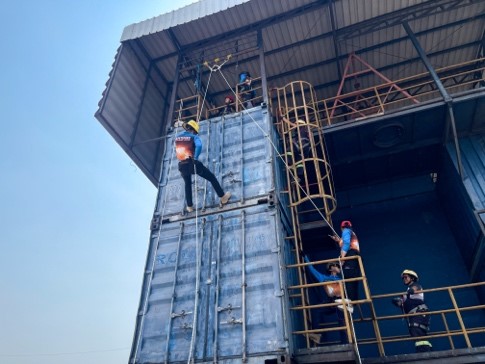
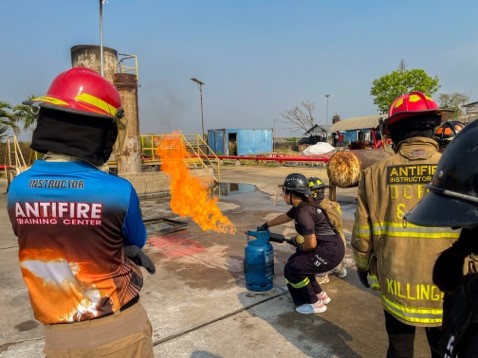

The training was finished with a second day of full practical drills at the ANTI-FIRE Training Facility. Actual firefighting hands-on and rappelling were conducted. The final portion demonstrated LPG leak procedures and emphasized the awareness of wind direction during the use of a fire extinguisher. A token of appreciation was given to participants at the end as a gesture of gratitude for completing basic firefighting training, which prepares them to handle fire emergencies better.








